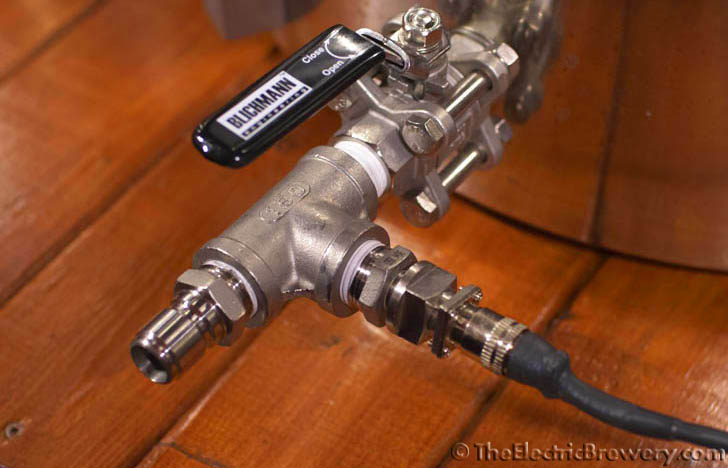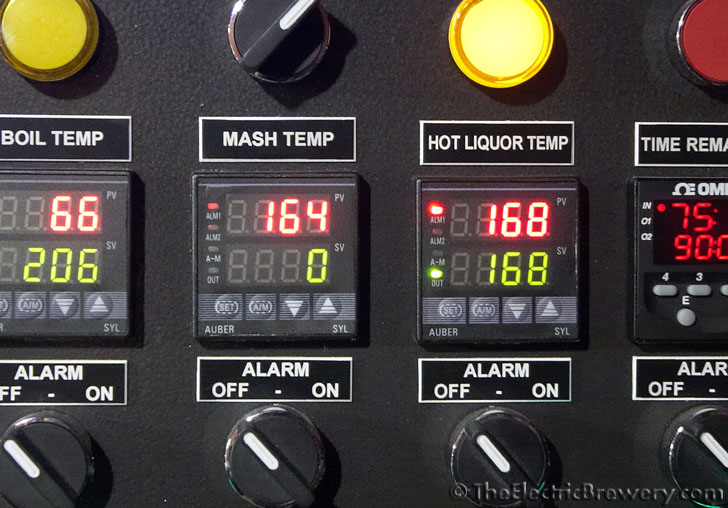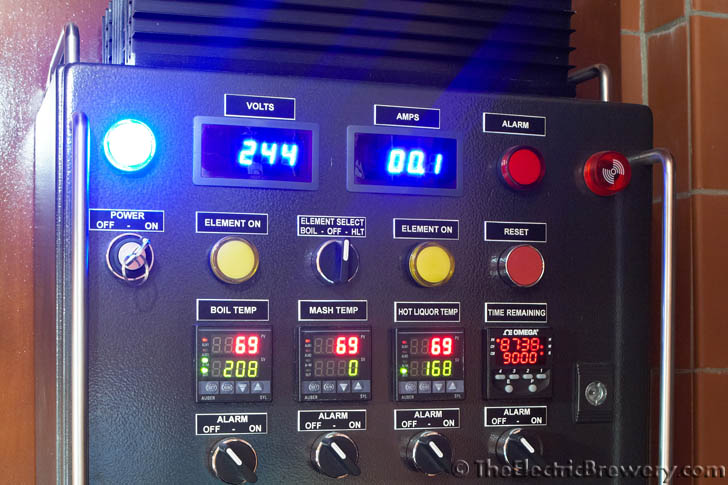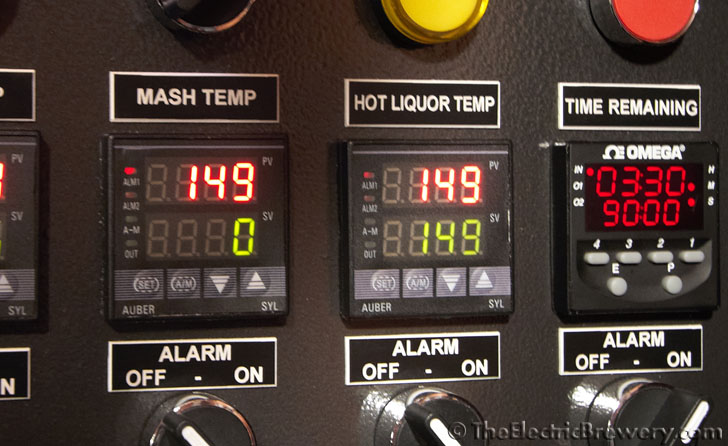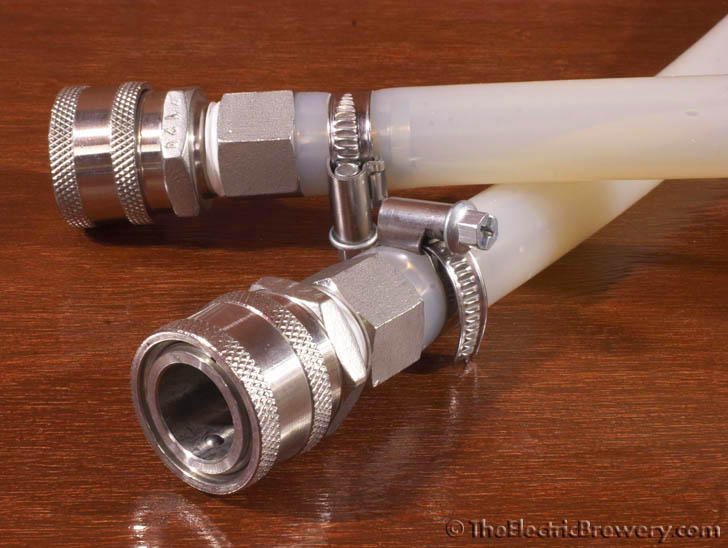rollinred
Well-Known Member
Just bought a chugger pump and cam lock setup. Realized I had 25' of leftover copper coil and got to thinking that I could be just a couple steps away from a HERMS rig. I'm wondering how you all fire you element to keep the mash stable.
I would like to keep my rig simple for now and really have no money left to spend but think I need more parts to make a HERMS system work right.
Currently I have a 10 gal Blichmann that serves as my HLT and BK with a 5500 watt element. I was planning on making a lid that holds the HERMS coil and a stirrer motor that would drop in place during the mash and be easily removed for boil.
My main question is that of how to control the temp for the mash with constant recirc. Do I need to buy another RTD sensor and mount near the output of the HERMS coil to control the PID or can I use what I have and simply let the mash temp stabilize and adjust the HLT temp setting accordingly?
How hot does your pump run? My new chugger seems to be getting pretty hot, not burning but certainly not comfortable to hold your hand on, and that was only with 10 minutes of run time. Maybe this is normal but it just has me nervous for running recirculation during the entire mash.
I would like to keep my rig simple for now and really have no money left to spend but think I need more parts to make a HERMS system work right.
Currently I have a 10 gal Blichmann that serves as my HLT and BK with a 5500 watt element. I was planning on making a lid that holds the HERMS coil and a stirrer motor that would drop in place during the mash and be easily removed for boil.
My main question is that of how to control the temp for the mash with constant recirc. Do I need to buy another RTD sensor and mount near the output of the HERMS coil to control the PID or can I use what I have and simply let the mash temp stabilize and adjust the HLT temp setting accordingly?
How hot does your pump run? My new chugger seems to be getting pretty hot, not burning but certainly not comfortable to hold your hand on, and that was only with 10 minutes of run time. Maybe this is normal but it just has me nervous for running recirculation during the entire mash.


